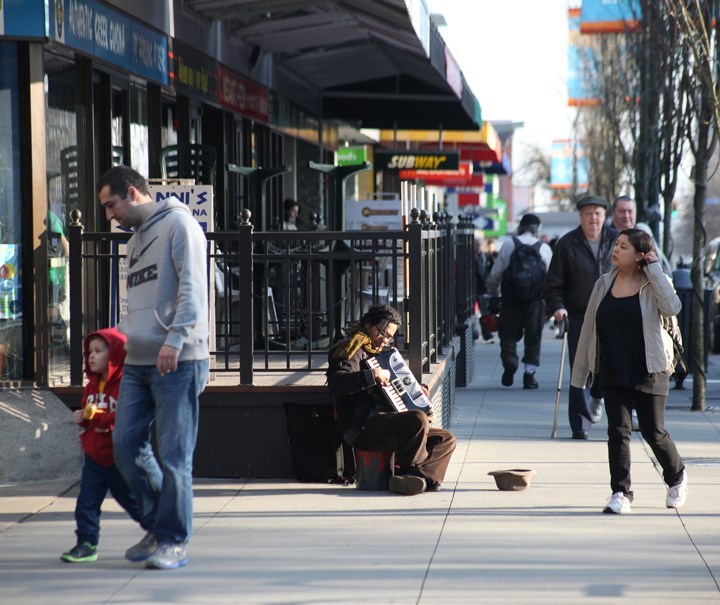Editor:
I am proud of the steps that our city is taking toward sustainable transportation.
If you have not read it yet, the New Westminster Uptown Streetscape Vision Report contains plans to improve sustainable transportation in Uptown. I encourage all to read it. (You can find it here.)
However, I believe that we should go even further in deprioritizing private vehicles in uptown. Other cities around the world are banning private vehicles on streets in their city centres - for good reasons. Reducing car dependency improves the local economy and improves livability and walkability.
Since we are already prioritizing alternative forms of transportation, I strongly believe that following this trend is the right approach for Uptown.
I propose that only public transportation, other service vehicles, and commercial delivery vehicles should be allowed into the core uptown streets. I propose through traffic be banned in the following areas: 6th street between 7th Avenue and 5th Avenue; 6th avenue between 8th street and 5th street.
Royal City Centre has a parking lot. To keep access to it, private vehicles can still be allowed to enter the parking lot via 7th Street. They can also enter via Princess Street.
This means that the parking lot entrance towards the Save-On-Foods would be unused. An alternative is to allow private vehicles to enter through the east side of 6th Avenue into that parking lot entrance, while still forbidding through traffic.
Below are my reasons for banning through traffic in core uptown:
1. Motorized vehicles are loud. Even electric vehicles have significant rolling noise at higher speeds. Nobody wants to hear some impatient drivers blaring their horns. Nobody wants to hear those public nuisances with intentionally loud engines/exhaust passing by. To make our uptown streets the best experience they can be, we should minimize the amount of noise pollution by minimizing the amount of vehicular traffic. The street experience should not be diminished by allowing through traffic to pollute the environment, both with noise and with fumes. This is in line with the transportation hierarchy in the report. If the streets are nicer due to less noise pollution, people will be more inclined to walk into the Uptown area rather than drive somewhere else to shop.
2. If we don't have through traffic, there is no need to have pull-out stops for buses. Buses can stop in lane because they won't be holding up traffic since there should rarely be traffic behind them. This means there is more room on the street for other purposes. In-lane stops are also faster for buses, and this follows the hierarchy - buses should not be disadvantaged for the sake of private vehicles.
3. Cyclists should not have to share these roads with private vehicles. Even if the areas are changed to 30 km/h zones, most people still don't want to bike alongside lots of motor vehicles. More cyclists will be willing to take the road if there are only some occasional vehicles sharing the road with them. I believe bus drivers and delivery drivers are generally more trustworthy on the road, and most of the time the roads will be empty anyway. People who are still not comfortable with the minimal motor vehicle traffic can also wait for the bus/delivery truck to pass by, and then the road should be clear again. Cyclists will significantly benefit from banning through traffic. This will encourage more people to bike to the Uptown area for shopping rather than drive.
4. As much as possible, pedestrians should not share sidewalks with cyclists. The vision report mentions allowing bikes on sidewalks on the feeder streets into uptown. This is bad for both cyclists and pedestrians because they travel at different speeds. Pedestrians will get annoyed at cyclists, and cyclists will get annoyed at pedestrians. Pedestrians and cyclists should not have to be mutually disadvantaged by sharing a space at the cost of providing through traffic for private vehicles. Pedestrians should not need to worry about cyclists on the sidewalks and cyclists should be encouraged and empowered to ride on the road by banning private vehicles.
These are my main points regarding banning private vehicle through traffic in Uptown. Please share your thoughts with the City of New Westminster.
Jan Tache, New Westminster



